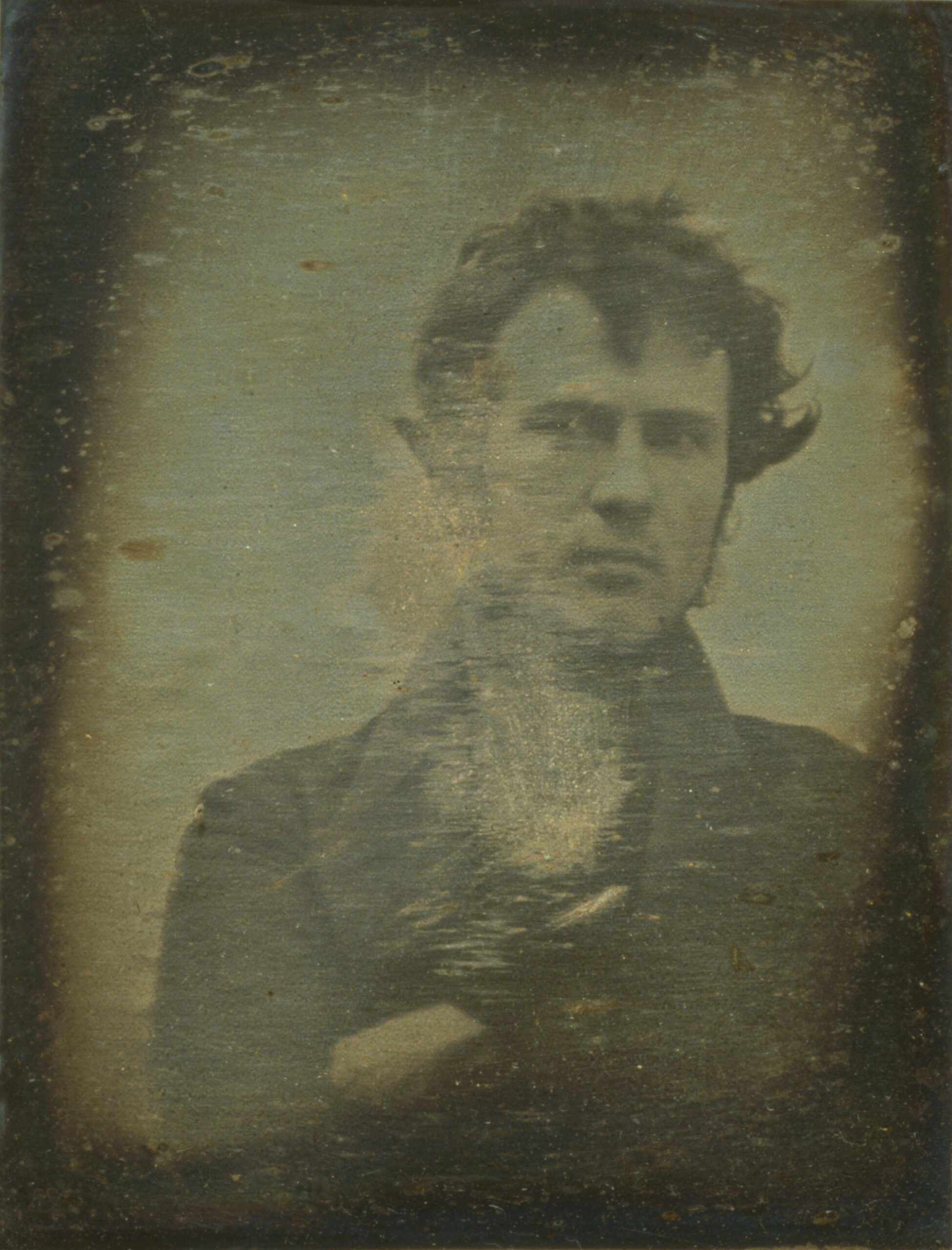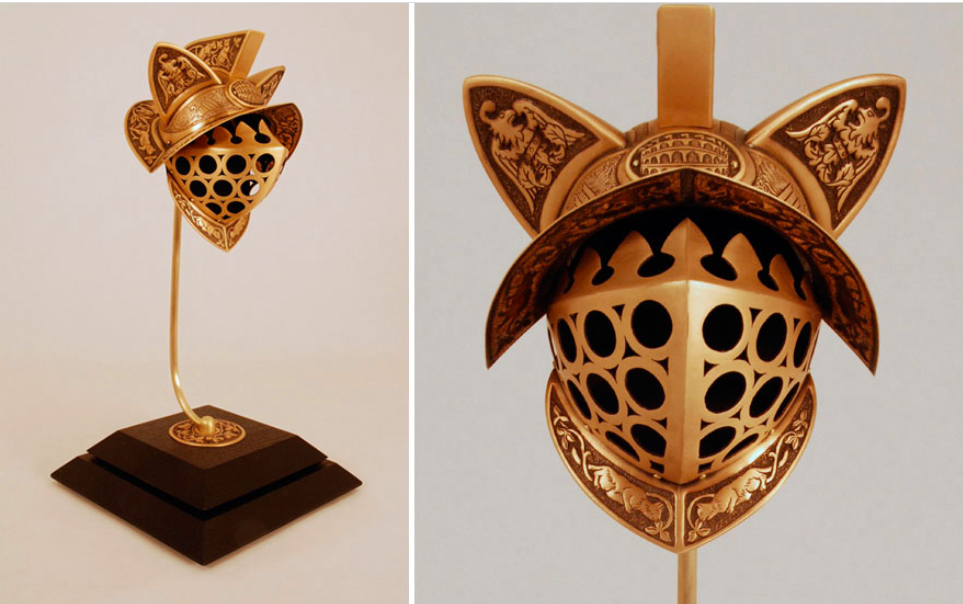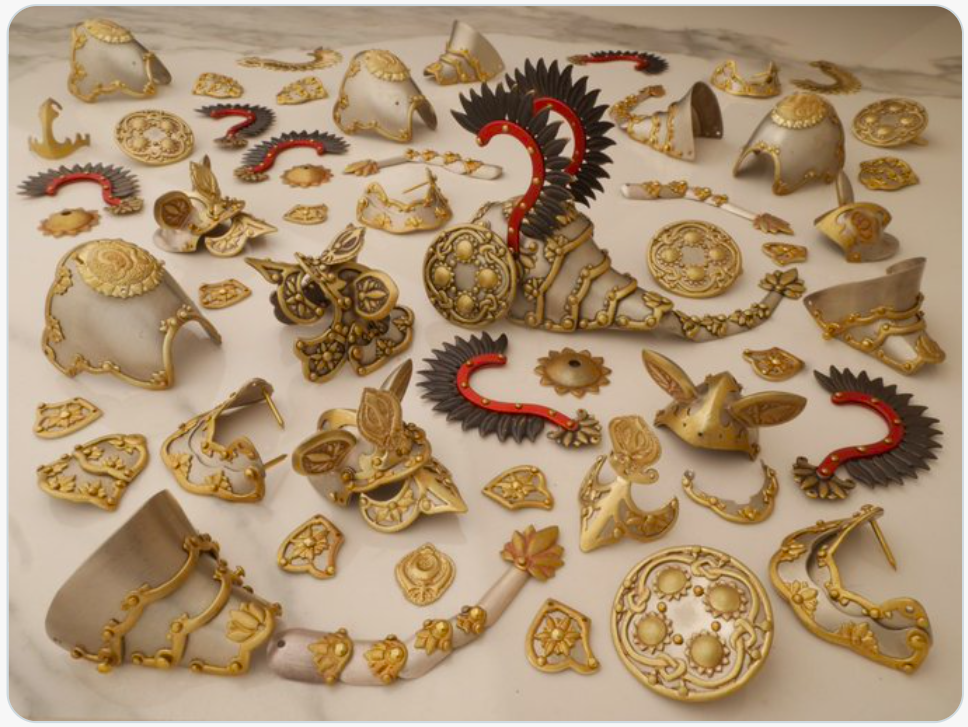She’s worked with Stanley Kubrick *and* “Weird Al” Yankovic, and helped Robert Moog in the development of his eponymous synthesizer. Wendy Carlos is also one of the first high profile transgender artists–credited as Walter Carlos for Kubrick’s A Clockwork Orange but having transitioned to Wendy by the time of The Shining, in which only a few of her pieces were used.
In this brief clip from a 1989 BBC episode of Horizon, Carlos, accompanied by her two cats, explains how she uses analog synths to create electronic facsimiles of real instruments–in this case creating an approximation of a xylophone, sculpting a sine wave until it sounds like a mallet on wood.
The segment also shows Carlos operating one of the original Moog synths, about the size of a fridge and looking like an old telephone switchboard with a keyboard attached. By plugging and unplugging a series of cables, she demonstrates, the sine wave is deconstructed from its original “pure” but harsh sound. Later analog synths were additive, not subtractive, she explains. (It’s one of the few times I’ve seen old tech explained so well and so quickly.)
Along with working with Bob Moog, Carlos studied at Columbia-Princeton Electronic Music Center alongside two pioneers of early electronic music: Vladimir Ussachevsky and Otto Luening, both of whom would make very challenging compositions and musique concrete.
But Wendy chose both the classical and popular path, creating the Switched on Bach series that featured 18th century music played on the Moog synth and others. It would lead her to Kubrick and A Clockwork Orange’s idiosyncratic score and even more success. Apart from her score for Disney’s Tron, now very much beloved by fans, Carlos turned to more personal, soundscape work later. And in 2005, if you can find a copy, she put out a multiple-CD set of all her soundtrack work that Kubrick never used for The Shining and others.
The description of the entire Horizon episode has a technofear theme: “In Paris, Xavier Rodet has taught a computer to sing Mozart; in Greenwich Village, Wendy Carlos synthesises a classical concerto from electronic tones…In Australia, Manfred Clynes reckons he has discovered a universal human language of emotion. To prove it he creates feelings on tape. What’s left for human performers to contribute?”
This program was at least a decade after the first sampling keyboard, so the anxiety is either late or overhyped. But it also sounds familiar to our current concerns over AI (as seen in these very web pages!). Synths never replaced human instruments, but it did create more synth players. AI won’t replace human decision making (probably), but it will certainly create more AI programmers.
Note: An earlier version of this post appeared on our site in 2019.
Related Content:
Electronic Music Pioneer Wendy Carlos Demonstrates the Moog Synthesizer on the BBC (1970)
Ted Mills is a freelance writer on the arts.












